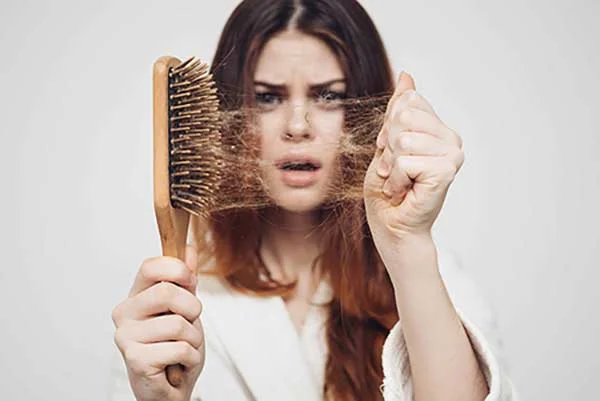What is Female Pattern Baldness?
In medical terms, female pattern baldness is known as Androgenetic Alopecia, which is a kind of hair loss that women face.
It cannot be denied that both men and women face hair loss but it is experienced comparatively less in women than men and the appearance and symptoms in both are completely different. In the case of men, the hairline starts to recede and bald patches start to show up in several areas of head and beard. While in the case of women, the main effect of female pattern baldness shows up on the hair volume, and hair thinning is experienced.
The primary sign of this type of hair loss is that you will start to feel like the volume of hair is not as thick as before and, in some cases, the widening part on the scalp is visible but the receding hairline is not very common in women.
Female pattern baldness is not as frequent as male pattern baldness. More than half of the total population of women enjoys full hair on their head, all their lifetime. Unlike male pattern baldness, it is not seen in teenage or early twenties. It is usually seen in the 40s or 50s and increases with the growing age.



